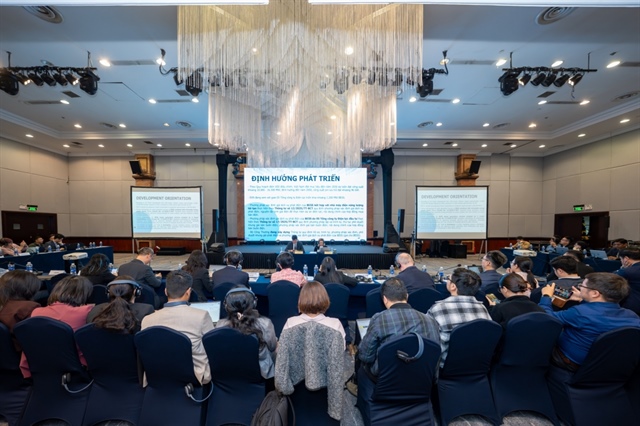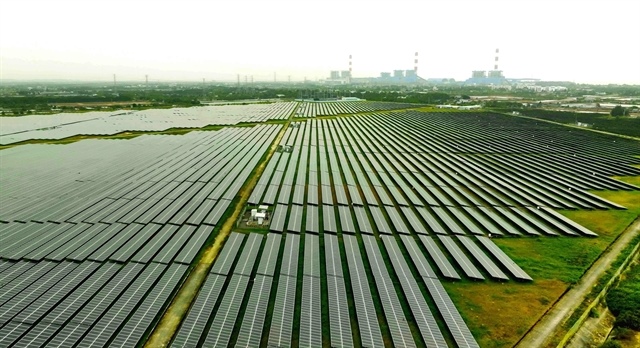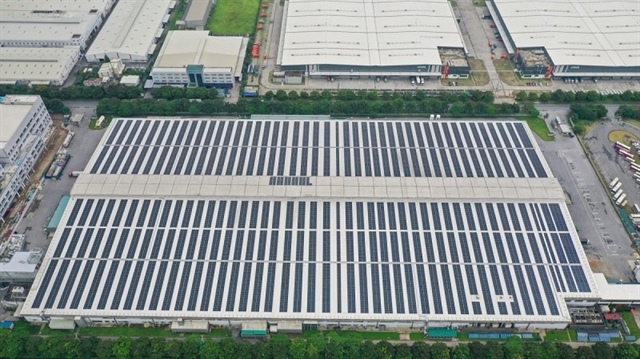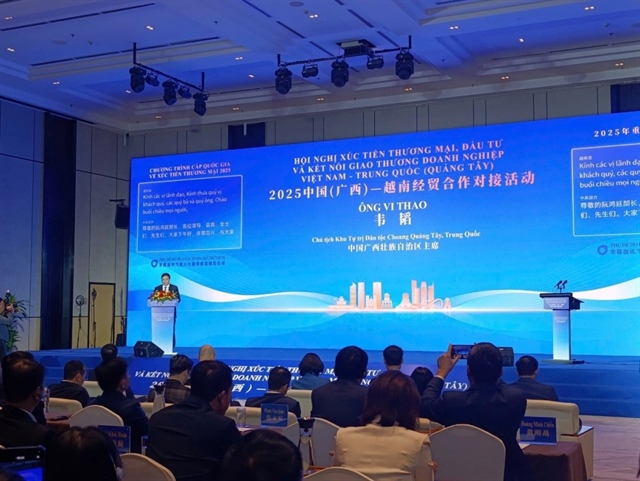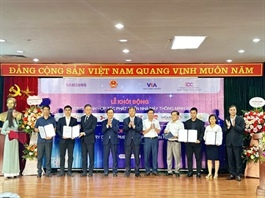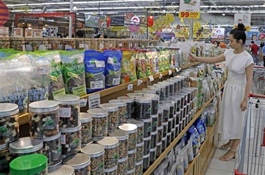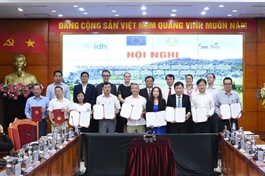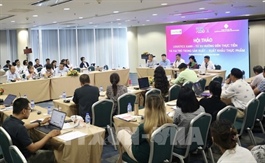PMI recovers slightly, but still below threshold of 50 points
PMI recovers slightly, but still below threshold of 50 points
The S&P Global Viet Nam Manufacturing Purchasing Managers' Index (PMI) posted below the 50.0 no-change mark for the fourth month running in June, signalling a sustained deterioration in the health of the sector.
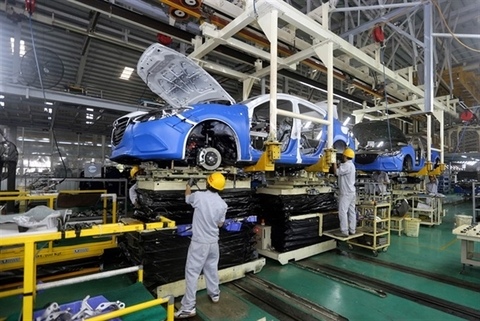
Mazda cars are assembled at Vina Mazda factory in central province of Quang Nam. — VNA/VNS Photo Danh Lam |
At 46.2, up from 45.3 in May, the latest reading pointed to a solid decline in operating conditions.
Reports of demand weakness were prevalent throughout the latest survey, with deteriorating market conditions the primary cause of the latest reduction in new orders.
Total new business was down for the fourth successive month, and at a solid pace which was nonetheless much softer than that seen in May.
New export orders decreased more quickly than total new business amid declining demand in international markets.
Demand weakness fed through to a further reduction in manufacturing production, while there were also a number of reports that power outages due to the heatwave in Viet Nam had restricted output.
Production was down across each of the consumer, intermediate and investment goods categories, with the overall pace of reduction remaining solid.
The fall in new orders meant that backlogs of work continued to decrease, while manufacturers responded to reductions in workloads by lowering their employment levels and purchasing activity.
Employment was down for the fourth consecutive month, and at a marked pace that was stronger than that seen in May.
Purchasing activity was likewise reduced for the fourth month running, albeit only marginally at the end of the second quarter. The reduction in input buying and lower new orders led to a drop in stocks of purchases.
Stocks of finished goods also declined as production volumes eased, the second successive month in which this has been the case.
The weak demand environment acted to ease pressure on prices in June. In fact, input costs decreased for the second consecutive month, and at a solid pace that was the sharpest since April 2020.
Falling input prices meant that firms had some leeway to reduce their own charges in a bid to stimulate demand.
Output prices were down for the third month running, with the latest cut to charges the most pronounced in just over three years.
As well as reducing pressure on prices, the lack of demand throughout the manufacturing sector also led to spare capacity in supply chains. Suppliers' delivery times shortened to the greatest extent in almost 12 years, and to the second-largest degree since the survey began in March 2011.
The difficulties for firms signalled across a range of the June survey's indicators meant that business confidence remained relatively muted, despite picking up from May's six-month low.
Manufacturers were still optimistic that output will increase over the coming year, however, amid hopes for a recovery in market demand and the securing of new customers.
IIP up 0.44 per cent in six months
The index of industrial production (IIP) in the first half of this year grew by only 0.44 per cent compared to the same period last year due to decreasing orders, falling demand and rising input costs, according to the General Statistics Office (GSO).
The office pointed out that, in the period, the IIP of some key industries increased significantly year-on-year, including coke and refined petroleum (13.2 per cent), metal ore mining (11.5 per cent), rubber and plastic (7.2 per cent), tobacco (6.7 per cent), and beverages (5.7 per cent).
Conversely, the index of others went down, including wood processing and wood product manufacturing (7.7 per cent), paper and paper product manufacturing (7.5 per cent), and clothing and motor vehicle manufacturing (6.8 per cent).
The GSO report also showed that the six-month IIP saw annual rises in 48 provinces and centrally-run cities and decreases in 15 others nationwide. A number of localities achieved a relatively high increase in their indexes thanks to the growth in the industries of manufacturing and processing as well as electricity production and distribution.
In the first half, the consumption index of the entire manufacturing and processing industry decreased by 2.2 per cent from the same period in 2022, while its average inventory ratio was 83.1 per cent compared to 78 per cent posted last year.
To further promote production, the Ministry of Industry and Trade has requested localities and sectors involved to complete their related industrial development projects, strategies and plans; and tackle hurdles facing enterprises.


